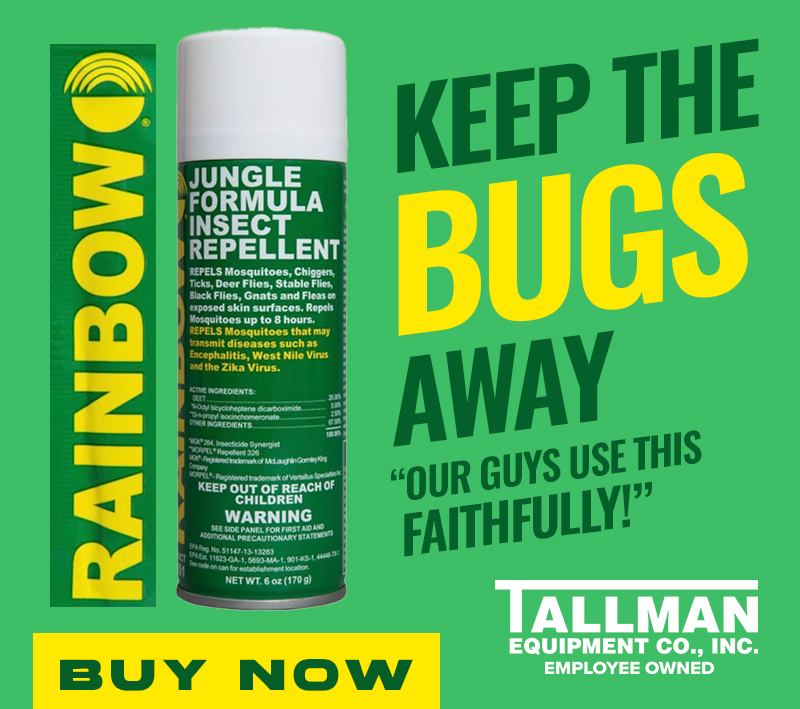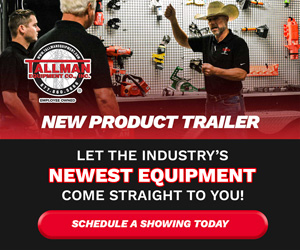Aerial line work using helicopters is a proven method utilized in our industry to perform certain tasks safely and efficiently. Helicopters have supported the utility industry since 1947. Operators conducting aerial work in support of the utility industry encounter different hazards due to various flight profiles, terrain, infrastructure and weather environments. Aerial work concerning the utility industry exposes aircraft and operators to the same hazards of any aircraft that operates at low altitudes and slow speeds. The first step of a safety system approach to mitigating risk is to define the operational environment and outline the hazards associated with each flight profile.
Risk Assessment Tools and Procedures
Line work and flying a helicopter are both considered to be inherently high-risk activities, so combining them into one task may lead you to believe that task is extremely risky, but it can be done safely by identifying and mitigating the risks. Industry tools and procedures that we use for identification and mitigation include risk assessments, safe work procedures, safety management systems, tailboards and reconnaissance flights.
Every job must begin with a risk assessment to be completed by Operations as they understand what methods will be used. Your safety team should be an active participant in the process. The initial risk assessment is done before the job begins. Once that assessment is complete, Operations and Safety work together to mitigate risks.
Safe work procedures, or SWPs, are another tool used to minimize risks. SWPs are step-by-step instructions on how to perform a particular task. The order of the steps matters, and no step can be skipped. During the morning tailboard, discuss the SWPs to be used. Ensure everyone understands what they will be doing and the steps to follow to accomplish the task.
If changes are needed to an SWP due to system configurations, customer requirements or limitations with maintaining minimum approach distances, employees shall stop work and regroup. The procedure must be modified by the foreman, pilot and crew members and then sent to management – which includes the chief pilot, operations director and safety director, at a minimum – for approval. This process, instrumental in the success of aerial operations, can be done smoothly and with minimal time delays.
Continue reading at Incident Prevention
For more information on lineman safety, check out some of our other posts on sustainable safety, high wind safety, FR/AR apparel, and heat related illness.







0 Comments